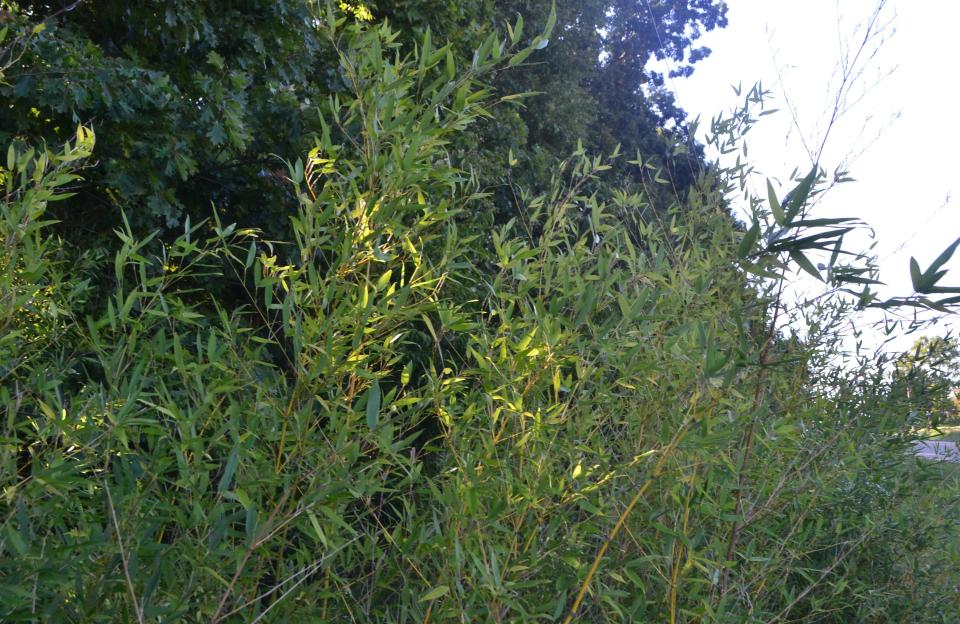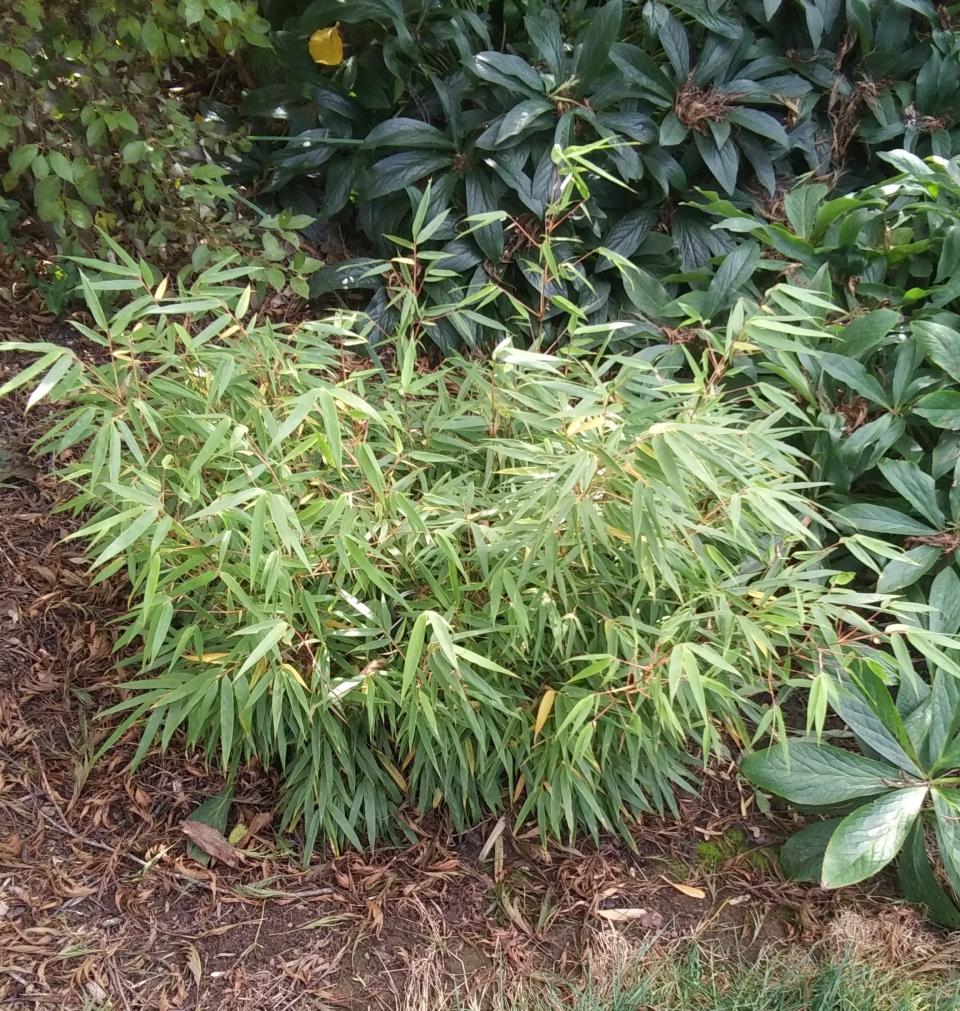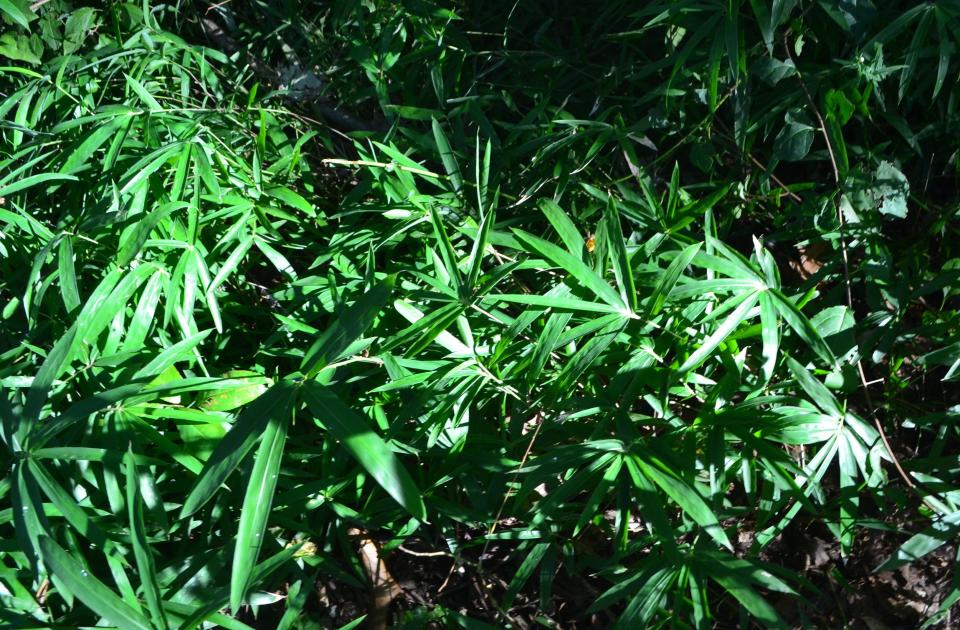A Stroll Through the Garden: Celebrating bamboo even in Ohio
Happy belated Bamboo Day!
On Sept. 18, 2009, during the eighth World Bamboo Congress, the participants officially declared Sept. 18 as World Bamboo Day to coincide with a renowned Nobel laureate and India’s former president, Dr. APJ Abdul Kalam’s birthday. Kalam advocated that bamboo could be used to combat poverty and environmental degradation.
Could you imagine bamboo could be one of the keys we might have in combating climate change? Normally obscure celebrations like the Fire of Moscow from 1812 or the first newscast in the form of a tele-video experiment by the Chicago Tribune in 1881 just don’t interest me, which are both on Sept. 18. The difference is that there might be some merit to this celebration that might be useful.

I was at the pool last week and made a new friend. I said to him, “Happy Bamboo Day.” He said to me, “OK. Can you even grow bamboo here in Ohio?” Well, one thing led to another and I said yes. I also said there are many types of bamboo. One topic I haven’t talked about very much over the past few years is this amazing grass and how we have underused this plant in the United States.

In the 1800s. when plains had buffalo and Indians, you would find buffalo grazing on this larger than normal grass that is now known as canebreak bamboo or giant cane or river cane. The scientific name is Arundinaria gigantea which tells us that there are a number of similar plants in the US. I have always thought the fact buffalo would graze on bamboo over prairie grasses must mean there might be something in this fodder to cause us to think it might be worthwhile to grow.
What else I like is that it grows on soils that are less fertile. I could picture if you planted canebreak bamboo you could harvest the cane as fodder for livestock.
Managing bamboo grass, which is a runner
Just like grass you have in your yards, this grass relative will act as a perennial and come back each year for you to harvest, reducing chemical use and needs for reseeding with more grain or fodder crops. Canebreak bamboo is a runner and will be difficult to make it stay in one location.
The way I manage it in my yard is we mow around the perimeter and make sure that the plant has no place to jump out so that you can find it in other places. There is shorter bamboo like this canebreak bamboo that is smaller and won’t cause concrete or pavers to be moved out of their positions. Personally, I would say canebreak can be relatively well behaved even though it is a runner bamboo.

Last week we talked about the shade dilemma. One thing many of my clients have asked is if normal grass does not work in the shade is there anything that looks like grass that can give the look of grass? There is a pygmy bamboo that does great in the shade. I have been growing this small grass-like plant for over 15 years in what I have always thought of as dense shade and it's not super aggressive.
Most of the time, as I can recall, the issue with my client is that they had nothing on the soil except for weeds. This bamboo-like grass takes care of the weeds by shading them out and very little can find sun once they are established.
I know this plant as Wooster bamboo. The scientific name is Pleioblastus pygmaea var. distichus "Wooster’s Dwarf.” This tiny bamboo has performed well in dense shade and taken serious abuse from drought and cold. If you have a shady spot in your yard and miss the grass you used to have, I have not worried about this plant in my yard.

Managing the bamboo has been effective with the mower we push around the beds. My wife and I have not needed much more than normal mowing to keep our bamboo in place. Maybe the terror we have toward planting this important plant in our yards would subside if we realized that bamboo, like any grass if normally a short plant, can be mowed to keep in place.
Hope you have a great stroll through your garden this week and if you see any challenges let me know by dropping me an email at ericlarson546@yahoo.com. Soon I shall be adding my blogs to my website at ohiohealthyfoodcooperative.org. Thank you for participating in our column.
Eric Larson of Jeromesville is a veteran landscaper and gardening enthusiast and a founding board member of the Ohio Chapter of Association of Professional Landscape Designers.
This article originally appeared on Mansfield News Journal: Growing bamboo in Ohio can be done, and managed with a mower

